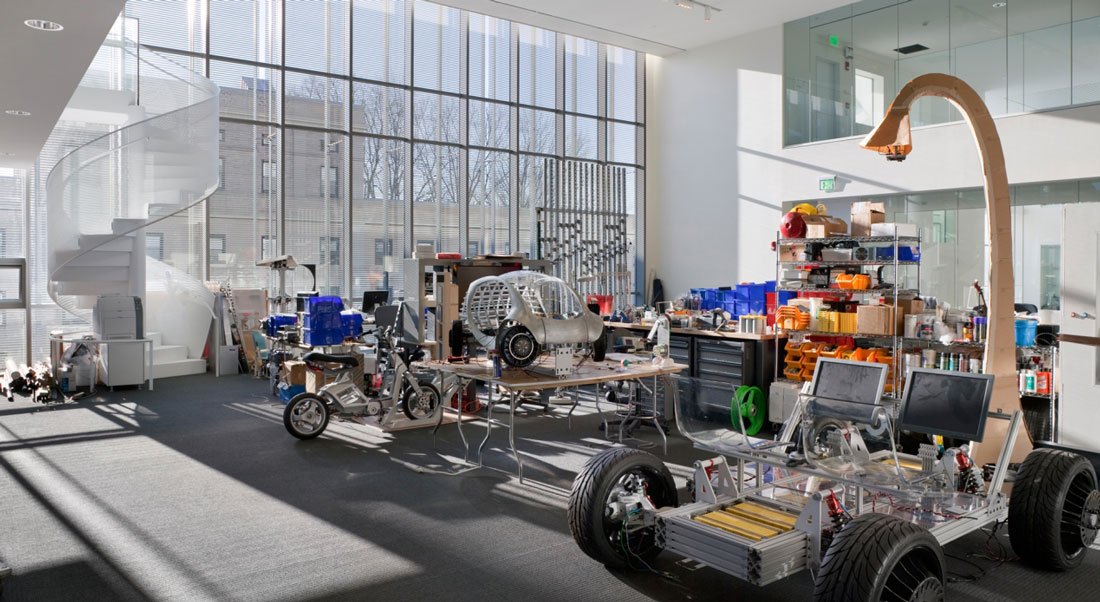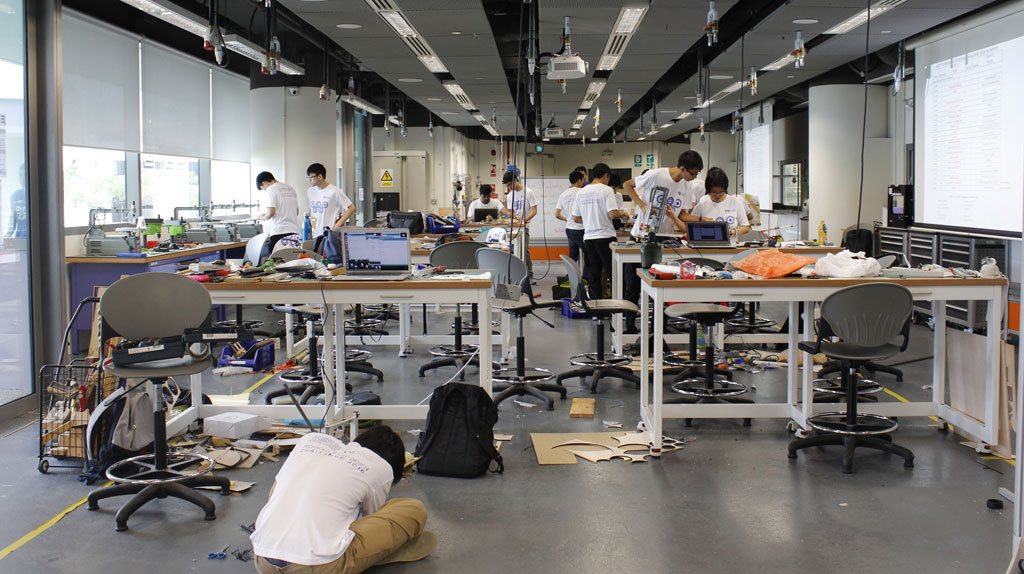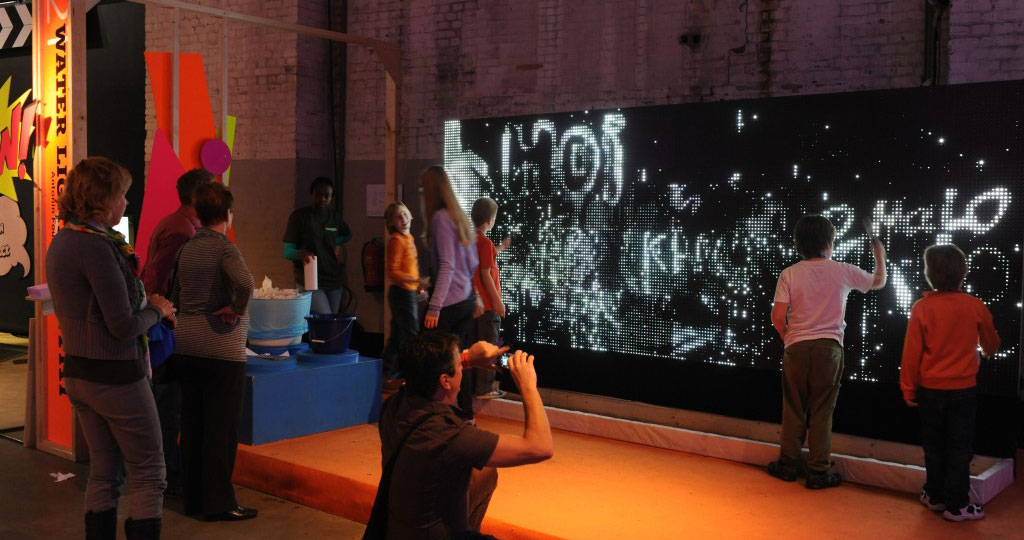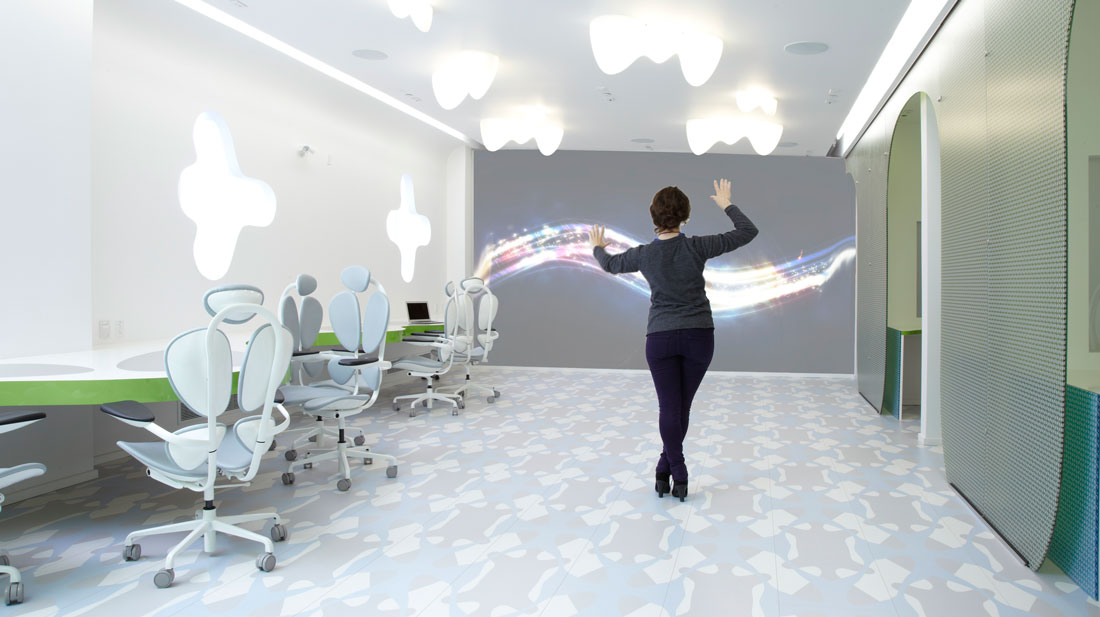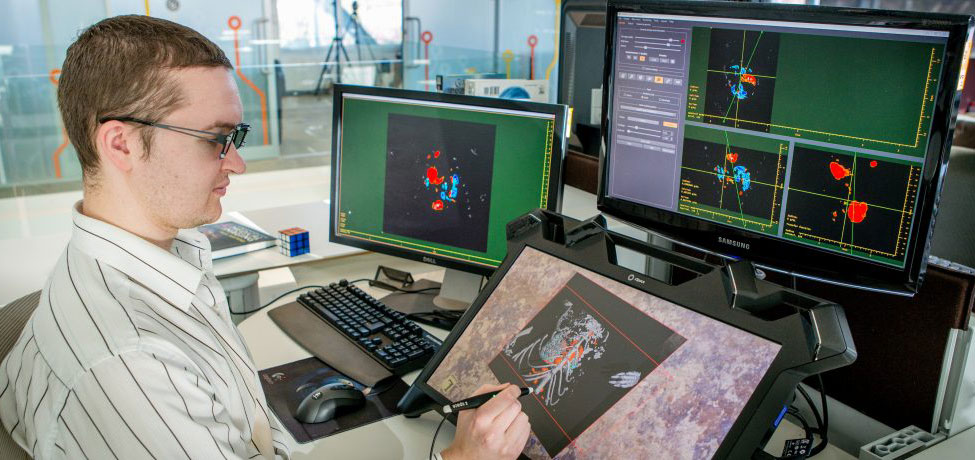If you're a maker who wants to keep improving and innovating, choosing a good grad school is important.
The skills for building exceptional things, sets a Maker apart. Their ability to convert concepts from their minds into working prototypes is extremely powerful. However, if you are a Maker and you wish to keep building new technologies all your life, then choosing a good grad school makes all the difference. It would allow you to strengthen your dexterity with technology and grant you access to work with the top companies or labs in the field. Being a Maker, I had the following prerogatives in mind while I was hunting for the best grad schools:
- The school should give equal or more weightage to projects compared to coursework.
- They should grant me the flexibility to test out radical ideas.
- They should support interdisciplinary research and the milieu should preferably be a mix of people from various fields like artists, designers, musicians, etc and.
- The network of the institution should be strong enough to get visibility from the top companies in research.
If you also share the same thoughts, then you can continue to read the 7 best grad schools that I have listed here that would let you do all these. I will be talking about each of these schools and will provide you information to research in depth about them. Each of them have their own characteristic nature and cannot be truly compared with their counterparts. And the best part is that the top grad schools don't take any tuition fees and even offer stipends to bolster good research. Moreover, I would like to thank Anirudh Sharma (MIT Media Lab) for guiding me and helping me identify most of the schools here. So lets get started.
1. MIT Media Lab (Boston, USA)
The Media Lab would not be needing any introduction and most of you would be familiar with their work. It is a community of inventors who work atelier style as members of research teams, doing the things that conventional wisdom says can’t or shouldn't be done. Its one of the most disruptive research environments that follows an interdisciplinary approach to create the technologies of tomorrow. They focus on projects that people would be using 5-10 years down the line and offer a Master's degree in Media Arts and Sciences. The Eink display technology, Lego Mindstorms, Sixth Sense and even the Google Glass had its first concept inception from the Lab.
The Lab is home to around 25 research groups and each of them have a different focus. You can read in detail here: research groups. Now also check out a short video of their program:
Tuition fees
All graduate students from the MIT Media Lab are currently fully supported (tuition/medical insurance, plus a stipend), and spend a majority of their time on research activities.
Applying
Each of the research groups is headed by a professor who takes roughly around 1-2 students each year. Their applications open by September 15 and close by sometime in December. You would need to do your homework on the projects hosted by each of these groups to figure out which three groups you can apply to during the application process. For applying, they mainly require:
- Statement of purpose (stating your research interests).
- Resume.
- Letters of recommendation.
- IELTS test scores.
If selected, there would a series of interviews by the members of the group after which they would be taking a collective decision. I would recommend to start building your credibility with the respective professors and students in the group you are focussing on, a couple of years prior to applying. The Media Lab has a pretty low rate of accepting applications, so you should strive to start building your profile with impressive projects right from college.
2. CIID (Copenhagen, Denmark)
The Copenhagen Institute of Interaction Design is a premier institute in the field of Interaction Design and Human Computer Interaction (HCI). Their Interaction Design Programme (IDP) offers a pretty good alternative to a traditional EECS (Electrical Engineering and Computer Science) education by focusing on design thinking. They provide a multicultural and multidisciplinary studio environment that leads to the design of innovative projects. Moreover, they host a set of very influential visiting faculty like Massimo Banzi (Founder, Arduino) and have a network of strong alumni in companies like Frog Design, Ideo, Microsoft Research, etc. Check out their short intro video:
Tuition fees
The CIID IDP program is partially funded and the total tuition fee is 150,000 DKK or approx 15 Lakh Rs/22,500 USD. CIID already covers more than 50% of the actual cost of the IDP so they state that they are unable to provide further financial aid. And as a policy they are seeking the highest quality applications and financial factors do not influence the admissions process.
Applying
Their application process is explained in detail here: CIID admissions. They require an online portfolio of your projects, something similar to: http://arvindsanjeev.com/. After going through the applications, they roughly select 25 applicants having different backgrounds, who are then interviewed by their faculty.
3. Augmented Human Lab at SUTD (Singapore)
SUTD (Singapore University of Technology and Design) focuses on a strong mix of technology and design and is driven by the same tenets as that of the MIT Media Lab. Their mission is to nurture technically-grounded leaders and innovators to serve societal needs, with a focus on Design, through an integrated multi-disciplinary curriculum and multi-disciplinary research.
The Augmented Human Lab within SUTD particularly focuses on HCI through technologies that rethink the traditional way of engaging with a machine. You can check out all of their projects here: ahlab. A short intro video:
Tuition fees
At SUTD, scholarship successful candidates to the program may be provided with full scholarship, which covers their full tuition fees and monthly stipend.
Applying
For applying to their program, check out: admissions page. They require a GRE score along with IELTS for applying. Their requirements can be seen in detail here: prerequisites.
4. Media Lab Amsterdam (Netherlands)
Media Lab Amsterdam was recommended to me by several alumni of the MIT Media Lab and CIID. As stated by them: MediaLAB Amsterdam is a creative, interdisciplinary Amsterdam based studio where students and researchers work together on innovative and interactive media research projects for Creative Industries. Here, you will work in multidisciplinary teams guided by experts from the industry and the Amsterdam University of Applied Sciences. The team is a mix of designers, programmers, social/digital media experts, researchers, copywriters and storytellers. In twenty weeks (one semester) the team develops a working prototype in collaboration with the client. The team will be working 5 days a week in Studio HvA or at the client’s office.
Tuition fees
The Media Lab offers only internship positions and they pay their interns a stipend of 350 Euros or 26,000 Rs/390 USD.
Applying
You can find their application form here: join Media Lab.
5. Human Media Lab at Queen's University (Canada)
As stated by them: The Human Media Lab is one of Canada’s premier media laboratories. Its mandate is to develop disruptive technologies and new ways of working with computers that are viable 10 to 20 years from now. They are currently working on the design of Organic User Interfaces (OUI). It is an exciting new paradigm that allows computers to have any shape or form through flexible displays and other non-flat display technologies. Some of their portfolio inventions are the ubiquitous eye input sensor, Attentive User Interfaces (AUI), the first foldable paper computer, the first flexible smartphone, the first multitouch sphere, the first pseudo holographic 3D cylindrical telepresence display, etc.
Applying
To apply to the Human Media Lab, check out this link. They will be updating it with the relevant information during the time they begin accepting applications.
6. Human Computer Interaction Group at Saarland University (Germany)
HCI is headed by Jürgen Steimle (bio), who is also a visiting faculty at the MIT Media Lab. It is definitely one of the best grad schools for Makers. According to them, their vision is that user interfaces will merge seamlessly with the physical world that surrounds us. They will leverage the entire space that surrounds us, as opposed to just a small window into the digital world. They will make use of the physical objects that surround us. They will take advantage of our physical skills: we are good at expressive physical interactions, fine motor movements, and have a strong sense for spatial location and arrangements. Read more about their research focuses here: mission. And this is one of their projects:
Tuition fees
Students enrolled in a consecutive Master's degree programme at Saarland University do not pay any tuition fees.
Applying
Their process for applying to a Master’s or PhD programme is explained here: apply.
7. HIT Lab (New Zealand)
The Human Interface Technology Lab focuses on mainly augmented reality, virtual reality and human-robot interaction. Their tenets for their courses and projects are: a multidisciplinary focus, collaboration with external companies and teamwork. They encourage students from diverse backgrounds to join the laboratory. Students with expertise in philosophy, economics or sociology are as welcome as students with an engineering degree. The program consists of two courses taught over 12 weeks (HITD602 and HITD603) on advanced topics in human interface technology, and a thesis (HITD690). Students will start planning their thesis topic during the first semester and dedicate their efforts to it for the second semester.This is one of their projects:
Tuition fees
The total tuition fees for the Master's program is approximately 24,000 NZD or around 11.6 Lakh Rs/17,500 USD.
Applying
The HIT Lab offers Master's and PhD programs along with internship opportunities. Check out the process of applying here: apply.
If you want to make yourself a prospective candidate for any of these top grad schools, make sure you have built yourself a strong portfolio of innovative projects. Check out this article that guides you on how you can do that.
This list is just a few of my recommendations for the best grad schools that are technology based and multicultural. If you would like to suggest any more schools, please state them as a comment in the box below.

